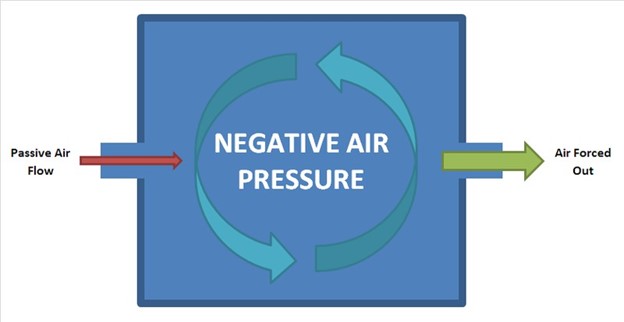The nurse knows that documentation should record the interventions and the care given to the client.
What is the rationale?
It is a legal record of accountability for protection of the client and the nurse.
It supports confidentiality and privacy and should never.
It provides continuous reference for all care providers to refer to.
it provides a framework for clients rights and records if they are violated.
The Correct Answer is A
It is a legal record of accountability for the protection of the client and the nurse. This means that documentation provides evidence of the assessments and interventions that have been undertaken by the nurse and can be used to defend the nurse in case of a lawsuit or a complaint. Documentation also supports the provision of safe, high-quality patient care by facilitating continuity of care and communication among health care providers.
Choice B is wrong because it is incomplete and misleading. Documentation supports confidentiality and privacy, but it should never be shared without the client’s consent or a legal authority.
Choice C is wrong because it is too narrow. Documentation provides continuous reference for all care providers to refer to, but it also has other purposes such as quality improvement, research, education and legal protection.
Choice D is wrong because it is inaccurate. Documentation does not provide a framework for clients rights, but rather reflects how the nurse respects and upholds those rights in practice. Documentation also records if clients rights are violated, but this is not the main rationale for documentation.
Nursing Test Bank
Naxlex Comprehensive Predictor Exams
Related Questions
Correct Answer is ["E"]
Explanation
A private room with negative air pressure is required to care for a client with suspected or confirmed tuberculosis (TB) disease, as this is part of the airborne precautions recommended by the CDC.

A private room with negative air pressure prevents the spread of infectious droplet nuclei that contain the TB bacteria.
Choice A is wrong because gloves, masks, and gowns are not sufficient to protect against TB transmission.
Gloves and gowns are used for contact precautions, which are not indicated for TB.
A regular mask is also not effective in filtering out the small droplet nuclei that carry the TB bacteria.
Choice B is wrong because an N95 mask is not a precaution for the client, but for the healthcare personnel who are in close contact with the client.
An N95 mask is a type of respirator that can filter out at least 95% of airborne particles, including TB bacteria. Health care personnel should wear an N95 mask when entering the client’s room or performing aerosol-generating procedures on the client.
Choice C is wrong because droplet precautions are not indicated for TB.
Droplet precautions are used for infections that are spread by large respiratory droplets that do not remain suspended in the air, such as influenza or pertussis. Droplet precautions require wearing a regular mask and eye protection when within 6 feet of the client.
Choice D is wrong because contact precautions are not indicated for TB.
Contact precautions are used for infections that are spread by direct or indirect contact with the client or the client’s environment, such as Clostridium difficile or MRSA. Contact
Correct Answer is A
Explanation
A client who grimaces during a dressing change is showing a nonverbal sign of pain. Grimacing is an expression of facial muscles that indicates discomfort or distress.
The nurse should record this as a symptom of pain and ask the client to rate the pain using a numeric or visual scale.
Choice B is wrong because an elevated heart rate while exercising is not necessarily a symptom of pain. It could be a normal response to increased physical activity or a sign of other conditions such as anxiety, dehydration, or fever.
Choice C is wrong because crying during a procedure is not a reliable indicator of pain. Crying is an emotional response that can be influenced by many factors such as fear, stress, or sadness.
The nurse should not assume that the client is in pain based on crying alone and should ask the client about the reason for crying and the level of pain.
Choice D is wrong because saying “I feel achy all over” is not a specific description of pain.
Aching is a vague term that can refer to different sensations such as soreness, stiffness, or cramping.
The nurse should ask the client to clarify what kind of pain they are feeling, where it is located, how severe it is, and what makes it better or worse.
Whether you are a student looking to ace your exams or a practicing nurse seeking to enhance your expertise , our nursing education contents will empower you with the confidence and competence to make a difference in the lives of patients and become a respected leader in the healthcare field.
Visit Naxlex, invest in your future and unlock endless possibilities with our unparalleled nursing education contents today
Report Wrong Answer on the Current Question
Do you disagree with the answer? If yes, what is your expected answer? Explain.
Kindly be descriptive with the issue you are facing.
